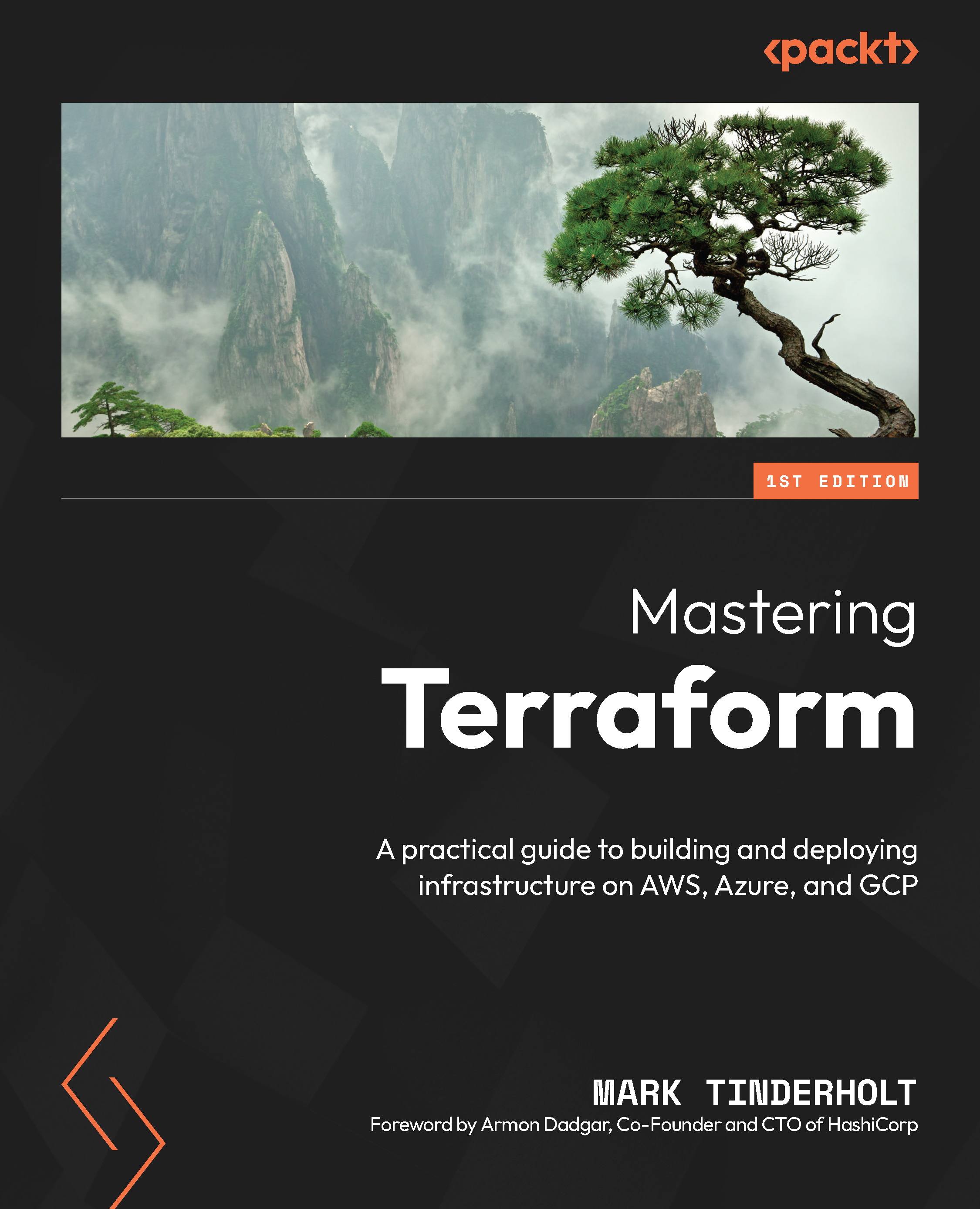Laying the foundation
Our story continues through the lens of Söze Enterprises, founded by the enigmatic Turkish billionaire Keyser Söze. Our team has been hard at work building the next-generation autonomous vehicle orchestration platform. Previously, we had hoped to leapfrog the competition by leveraging Azure’s rock-solid platform, leveraging our team’s existing skills, and focusing on feature development. The team was just getting into their groove when a curveball came out of nowhere.
Over the weekend, our elusive executive was influenced by a rendezvous with Scott Guthrie, the President of Microsoft’s Cloud + AI Division, in Abu Dhabi. The Yas Marina Circuit was buzzing with energy. The sun was setting, casting a golden glow over the track as fans and celebrities gathered for the season-ending Abu Dhabi Grand Prix. While in the exclusive Paddock Club, Keyser spotted Scott “Gu” in his iconic red polo near the hors d’oeuvres...
































































